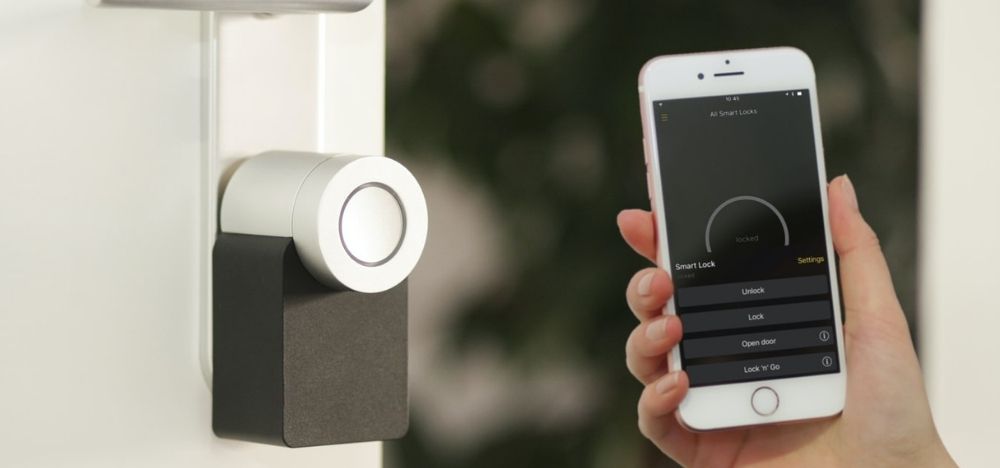
Over the next 10 years, protection will be one of four major aspects of the future of our homes and the way we live. With security high on the agenda, our homes will be taking on a highly protective role and become a sanctuary.
Smart security solutions
In the smart home technology market, security is dominant as consumers seek ever more advanced ways to protect themselves. As our homes integrate more smart technology, consumers not only need to ensure physical security, but also consider virtual security.
Homes will be equipped to deal with emergencies as off-grid systems move into the mainstream. The haus.me 3D-printed home uses self-managed water, sewage and energy systems. As well as being antiviral, it is secure to the point of being ‘zombie-proof’ thanks to “virtually unbreakable” walls.

A new market opportunity
The home security market is forecast to be worth $77bn by 2025, growing at a CAGR of 8%. Consumers invested significantly in home security in 2020 and products in this area are advancing in innovation and design.
Indoor Robotics has developed a ceiling-docking drone that flies around the home to monitor it for security purposes, while Trova Home’s safe enables people in shared spaces to keep small possessions secure in style. Deep Sentinel is a key example of extremely high-end home security, with an aggressive design language to match. Its connected security system offers 24/7 live security guards to monitor and proactively respond to the HD camera roll, and uses AI to identify threats precisely.

From cocoon to cave
In the future of the luxury residential market, adaptable and solution-based products will be built for survival and to offer protection and support. Homes and public spaces will evolve from cocoon to cave with strong, protective exteriors and calm, soft and nurturing interiors.
We have seen an increase in architectural hardening – an adaptation of a security industry term – which focuses on making structures more impenetrable through features such as ballistics-level glass and blast-resistant sheetrock for walls and doors. Moving forward, consumers will place a greater emphasis on dangers from outside of the home.
As consumer priorities evolve, so do product innovations and designs. If you’re a subscriber, read more inThe Future of Home 2030 and Home Tech Forecast 2023.